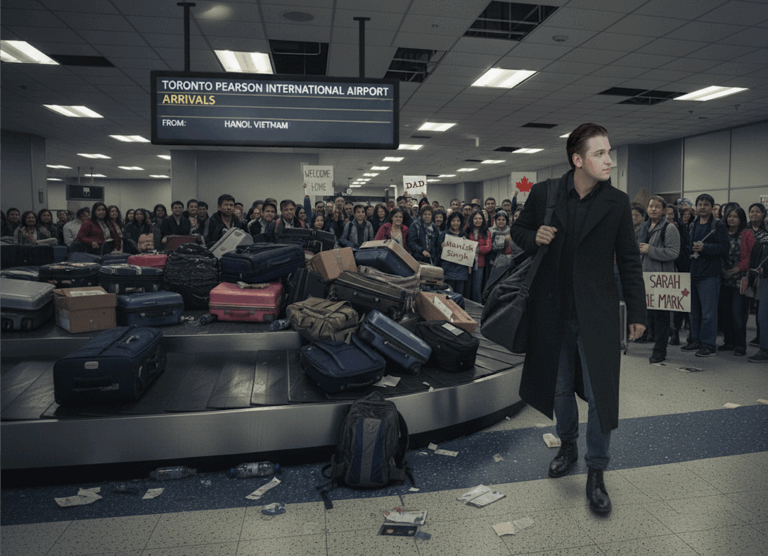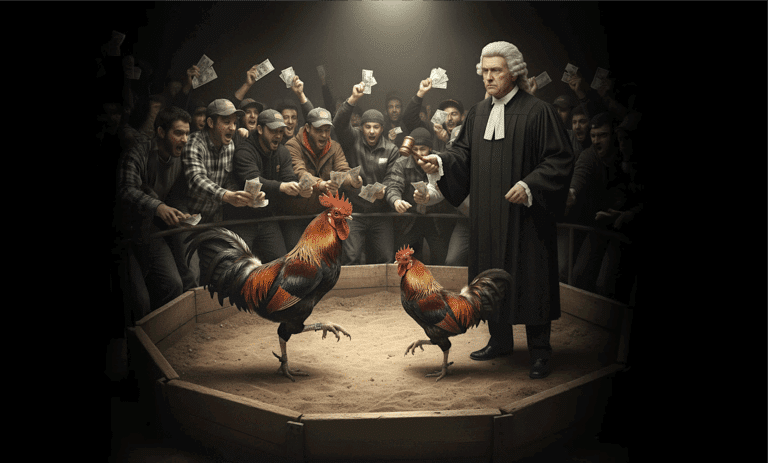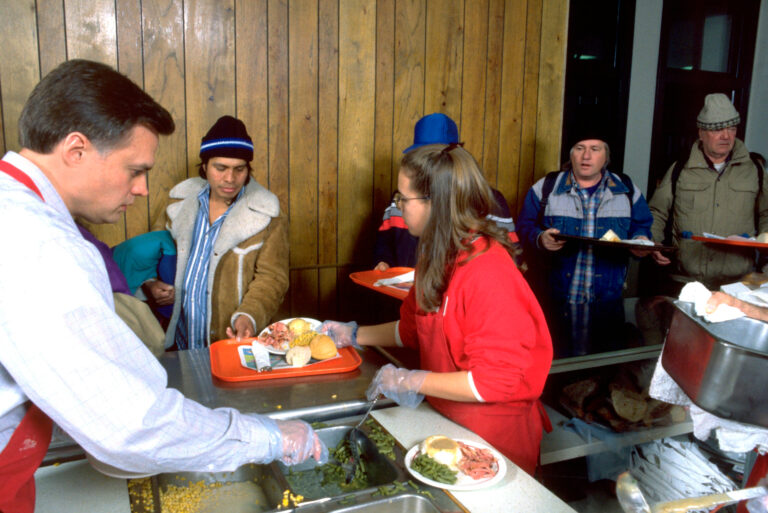Gazing out at the beautiful Pacific Ocean in front of our Vancouver Island home is a daily reminder that my wife and I are truly blessed. In spring those waters are darkened with untold thousands of herring. Eagles swoop down to grasp herring to feed their hungry nestlings, great blue herons stand fishing near the shores, while seals swim out from nearby rocks to feast on nature’s abundance. If we happen to be looking at just the right time, orcas (aka killer whales) rise from the depths with mouths wide-open to devour the seals.
But these are not the southern resident whales that many have somehow come to think are among the last orcas on the planet. They instead are some of the estimated 400 Bigg’s killer whales that roam our waters feeding on the sea lions and seals that are all-too plentiful. Bigg’s killer whales are one of the three recognized types of orca, forming a small part of the estimated 50,000 Orcinus orca that inhabit oceans throughout the planet and which, next to humans, are the most widely distributed mammal in the world. The orca is not an endangered species.
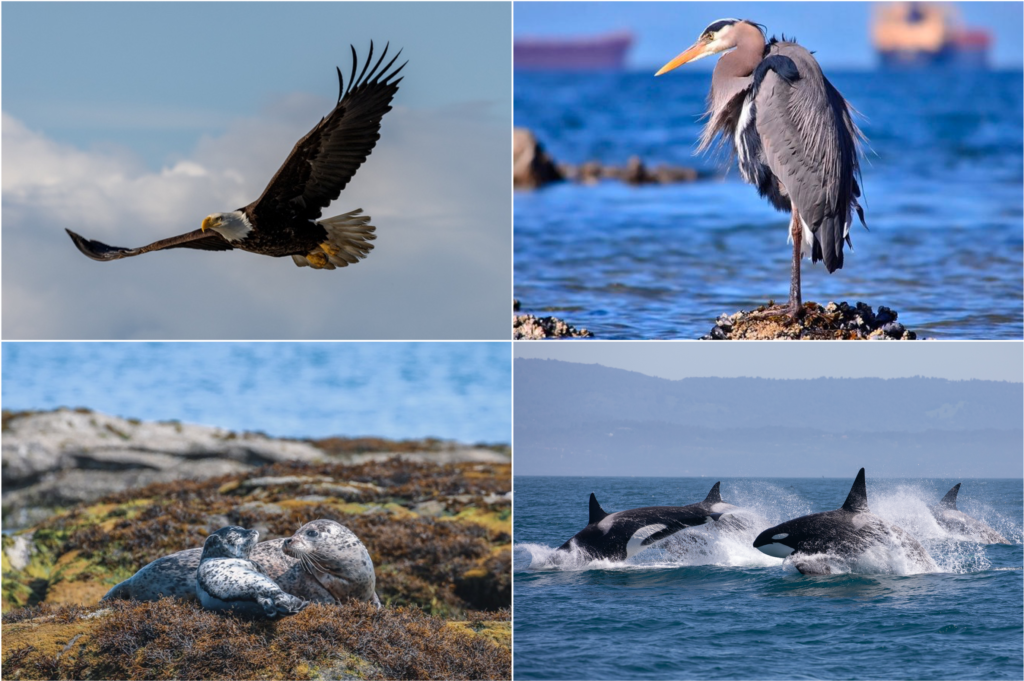
This information will come as a surprise to Vancouver Islanders who have been led to believe that the so-called “Southern Resident Killer Whales” are the only 74 orcas left on the planet. That is not so. They are, however, the world’s only orca population that eats only salmon. This has spawned a frenetic campaign to “save the salmon for the whales” – i.e., do whatever it takes to provide these particular whales with an unlimited supply of the only dish they accept on their menu.
The “save the salmon” campaign has triggered federally-ordered closures of commercial and sport fisheries on B.C.’s southern coast, devastating the economically vital sport-fishing industry. Guide boats remain tied to wharves, fishing gear shops go bankrupt, and hundreds of hotel rooms and lodges remain empty. Ottawa has also placed severe boat speed restrictions across broad areas where these orcas frolic, and declared “sanctuary” areas that are closed to all marine traffic.
Those 74 orcas are doomed by the iron law of natural selection. But trying to save these whales is devastating a vital part of our West Coast economy. Showing the upside of Darwin’s laws, those thriving 400 Bigg’s killer whales are eating the seals and sea lions that are also devouring our salmon.
Salmon fishing closures for 2024 include the prolific Swiftsure Bank upon which the entire Vancouver Island town of Port Renfrew depends. And where, incidentally, my grandson caught his first salmon. The salmon fishery in the Southern Gulf Islands is also closed in order to, in the words of Federal Fisheries Minister Joyce Murray, “Protect these remarkable marine mammals and preserve their cultural and ecological significance.” In truth, the only thing remarkable about them is that they are the only 74 orcas out of 50,000 around the world that are addicted to salmon.
Nineteenth century naturalist Charles Darwin’s principle of natural selection holds that inherited variations determine a species’ long-term survival in competition against other species. Darwin’s seminal On the Origin of Species, of course, made him the father of evolutionary science. A clear illustration of Darwin’s law is demonstrated in a peer-reviewed paper discussed in the August 5 Victoria Times Colonist stating that, “The southern resident whales are on a path toward…accelerating decline that presages extinction.” The article was calling on the federal government to issue an “emergency protection order” for the orca population. But remember that according to Darwin, this kind of dynamic – success for some, decline for others – is inevitable in nature.

It should also be pointed out that the term “extinction” formally refers to the disappearance of an entire species everywhere on the planet. But this issue concerns a very small population within an otherwise completely healthy species, a population that for whatever reason has become maladapted due to an insistence on eating only one kind of food. Those 74 orcas are doomed by the iron law of natural selection. But trying to save these whales is devastating a vital part of our West Coast economy. Showing the upside of Darwin’s laws, those thriving 400 Bigg’s killer whales are eating the seals and sea lions that are also devouring our salmon.
This controversy is by no means the only case where the distinction has been blurred between a small local population or regional sub-species of plant or animal and the species at large. Confusing the two – perhaps deliberately – has become standard practice for environmental activist groups and sympathetic regulators and governments. Convincing people that a “species” is “at risk” of “extinction” whips up public alarm, providing political cover for all kinds of intrusive, expensive, damaging – and at-times futile – policies. This has happened over and over.
The years-long grandiose controversy over the northern spotted owl in the U.S. is perhaps the most notorious example. The forestry industry across the U.S. Pacific Northwest was all-but shut down in the frenzy to save the iconic little bird. In the end, it turned out the aggressive, invasive barred owl was a larger threat than cutting trees – but the economic damage was done.
Similar things have been happening in Canada, though on a slightly smaller scale. Many Albertans have become convinced, for example, that the whitebark pine is a severely endangered species of sub-alpine tree that must be protected at all costs. After the Lake Louise ski area a few years ago mistakenly cut down 38 of these trees while clearing a new ski run, the company was hauled into court, humiliated in a public trial and fined millions of dollars.
 At all costs: In the U.S., authorities attempted to salvage the northern spotted owl (top left) by devastating the forestry sector across the Pacific Northwest (top right); in Canada, Parks Canada fined an Alberta ski area (bottom right) millions of dollars for cutting down fewer than 40 whitebark pine (bottom left), of which there are at least 1 billion across North America. (Sources of photos (clockwise starting top-left): Animals Wellness Action; Insurance Journal; Snow Online; Whitebark Pine Ecosystem)
At all costs: In the U.S., authorities attempted to salvage the northern spotted owl (top left) by devastating the forestry sector across the Pacific Northwest (top right); in Canada, Parks Canada fined an Alberta ski area (bottom right) millions of dollars for cutting down fewer than 40 whitebark pine (bottom left), of which there are at least 1 billion across North America. (Sources of photos (clockwise starting top-left): Animals Wellness Action; Insurance Journal; Snow Online; Whitebark Pine Ecosystem)To this day, not only environmentalists but many skiers remain angry at the company. Yet just 200 kilometres away, at a ski area that is on provincial instead of federal park land (and where a friend of mine skis regularly), it is perfectly legal for the operator to cut down whitebark pine that get in the way of skiers. That might sound shocking, but shouldn’t. While the whitebark pine is facing serious challenges – mainly beetles and disease – it is not an endangered species. Relatively recent estimates suggest there are several billion saplings and several hundred million adult trees in North America.
The cutthroat trout is another example. Scientists keep “identifying” new and heretofore unknown varieties, populations and sub-species which – seemingly by coincidence – keep justifying new and intrusive measures and restrictions on recreational and commercial activity. In Alberta, the slenderest streams with the barest ability to support even tiny numbers of cutthroat are now treated like the last remaining jewels in the Rocky Mountains. Even so-called “ephemeral” streams – trickles that run for a few weeks during the spring snowmelt, then dry up – are now federally regulated and subject to full, costly, years-long environmental impact assessments if a landowner or local company wants to place a bridge or culvert or trim brush or dead trees along these sacred channels. Which contain zero fish, of course.
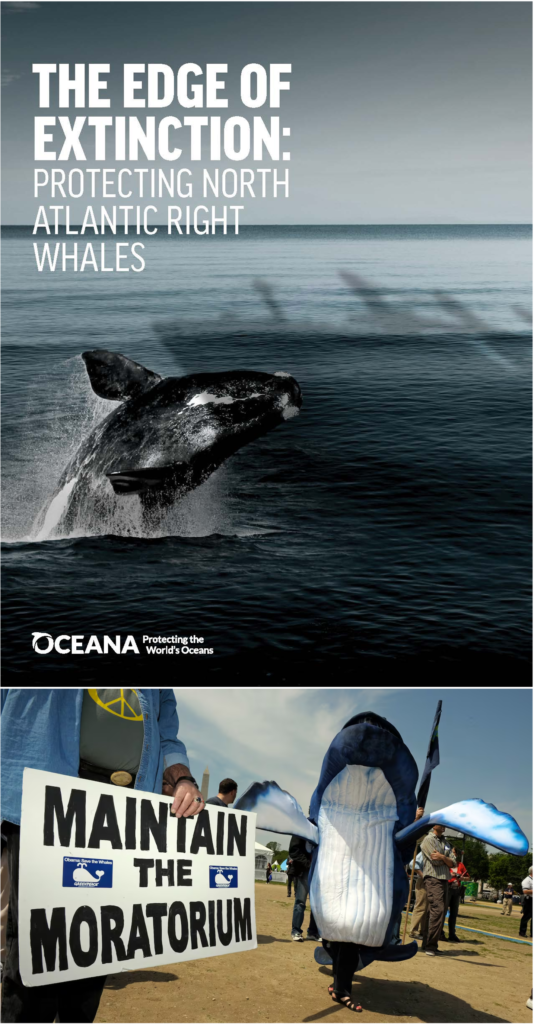
One common feature of these controversies is the constant push to officially recognize mere populations of the same species as a genetically and taxonomically significant sub-species or even species. This allows any associated threat or population decline to be elevated into an “extinction event” – complete with activist frenzy, media blitz, public fear and, eventually, legal designation as an endangered species that can then be used to prohibit public access, recreation and commercial activities. In B.C., the plight of the “southern resident killer whales” is growing into the equivalent of the cutthroat trout, whitebark pine and spotted owl – all rolled into one. Many activists and media, indeed, already refer to our little population of whales as a sub-species or species. It sounds much scarier to envision their “extinction” than to point out that they are simply a small population out of 50,000, and that the world’s orcas are just fine.
Either way, when it comes to the West Coast aquatic economy, if it’s not about salmon fishing, it’s still about salmon. The recent federal government decision to offer only five-year renewals to open-net salmon farms set a 2029 shut-down for an industry that has safely operated for four decades.
Environmental activists have long claimed that the farms spread sea lice that harm the wild salmon population, but have been unable to produce credible scientific evidence supporting their claims. There is, however, credible scientific evidence to the contrary. A 2023 Fisheries and Oceans Canada report found no “statistically significant association between sea lice infestations…and the fish farms they migrate past along the BC coast.”
95 percent of Canada’s production of salmon for human consumption comes from open-net salmon farms. One can only imagine the skyrocketing price of the other 5 percent when the farming stops. Governments could try to keep wild salmon fishing at regulated levels, but it would take a virtual armada to stop the poachers.
This renders the Justin Trudeau government’s decision scientifically, economically and socially indefensible. It is no wonder that Timonthy Kennedy, president and CEO of the Canadian Aquaculture Industry Alliance, states that, “The objective is unreasonable because there is no scientific basis to the decision. The objective is irresponsible because it threatens 5,000 skilled jobs.” Including, by the way, Indigenous-operated salmon farms upon which the economic viability of at least one First Nation depends.
The Trudeau Liberals’ decision is therefore barely explicable even through the lens of naked electoral politics, since it is likely to further reduce their popularity. Perhaps it indicates just how beholden they have become to the radical green left. Their decision to cave to anti-salmon farming activists without a credible scientific basis for their claims is both morally wrong and economically destructive.

But the Canadian Aquaculture Industry Alliance’s statement includes an even more troubling fact, one that paradoxically puts B.C.’s wild salmon in severe peril: 95 percent of Canada’s production of salmon for human consumption comes from open-net salmon farms. One can only imagine the skyrocketing price of the other 5 percent when the farming stops. Governments could try to keep wild salmon fishing at regulated levels, but it would take a virtual armada to stop the poachers.
Between the poachers and those salmon-addicted orcas, B.C.’s wild salmon fishery would be doomed and those wonderful salmon dinners that are a joyful part of life for Canadians not only on the Pacific Coast but all over the country would be affordable only by the very wealthy.
Good thing my grandson caught his salmon while he could.
Gwyn Morgan is a retired business leader who was a director of five global corporations.
Source of main image: Kevin D Jeffrey/Shutterstock.

